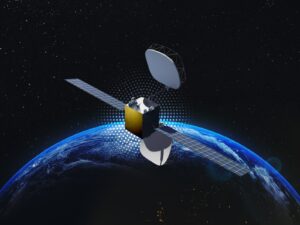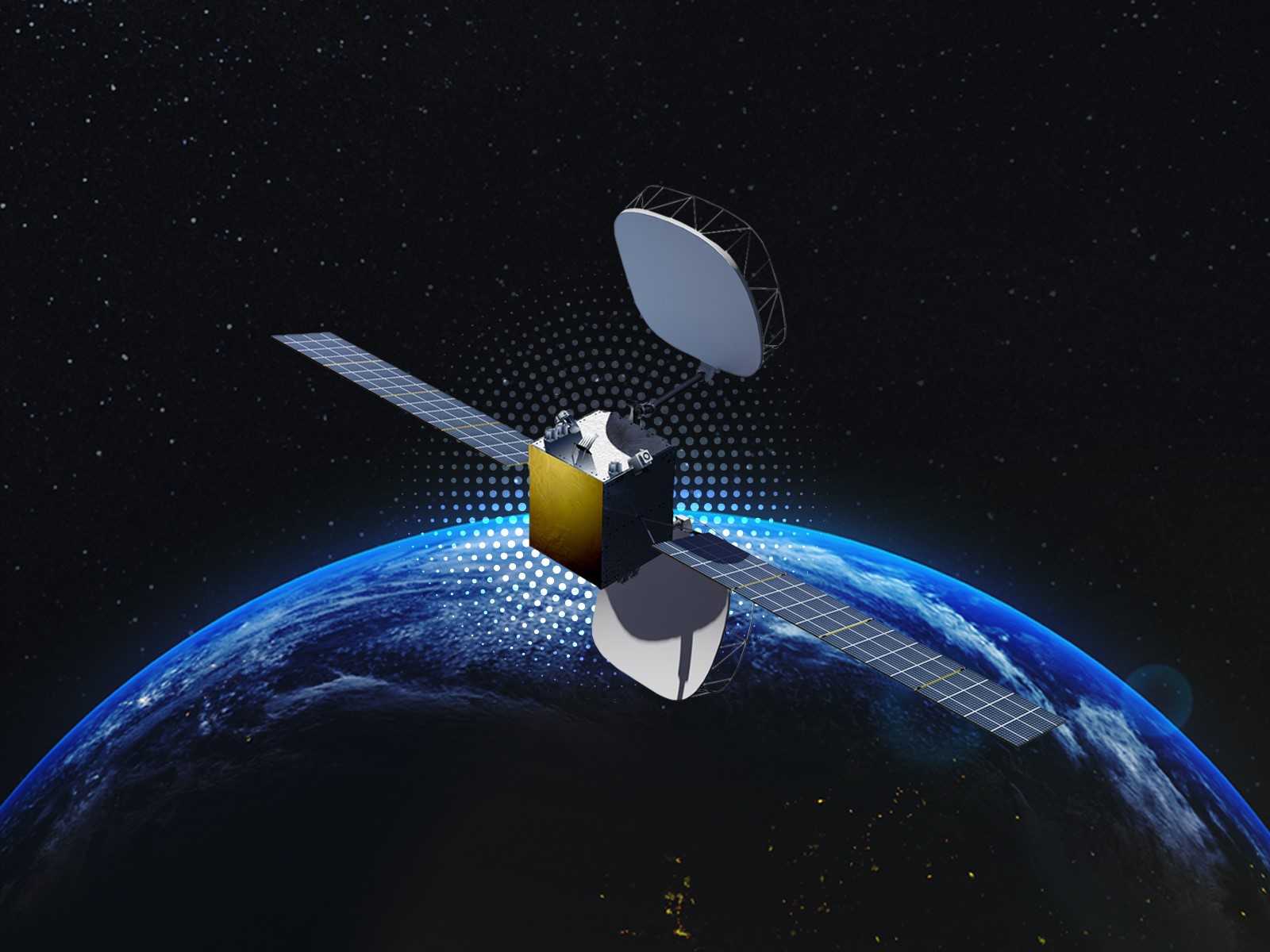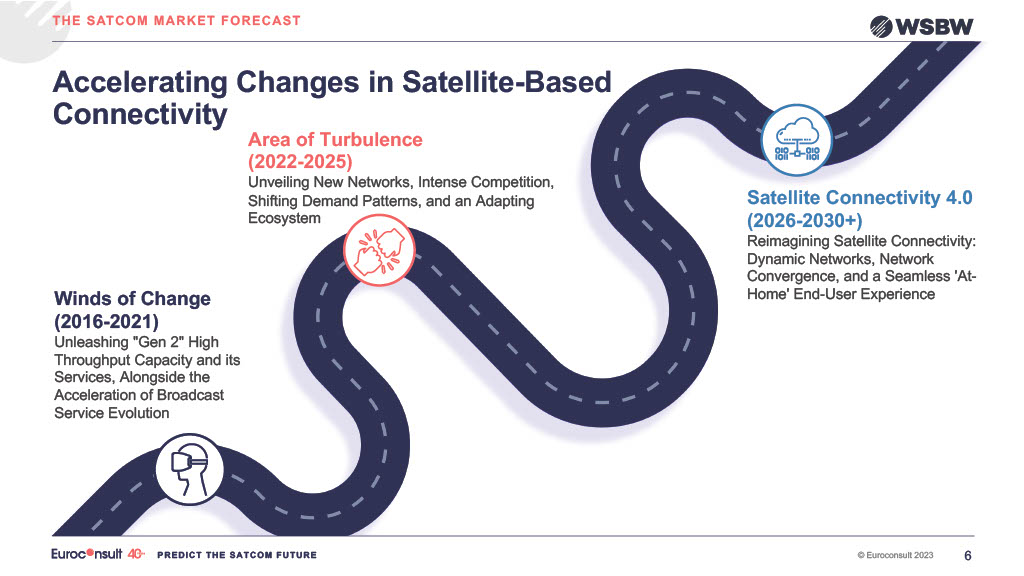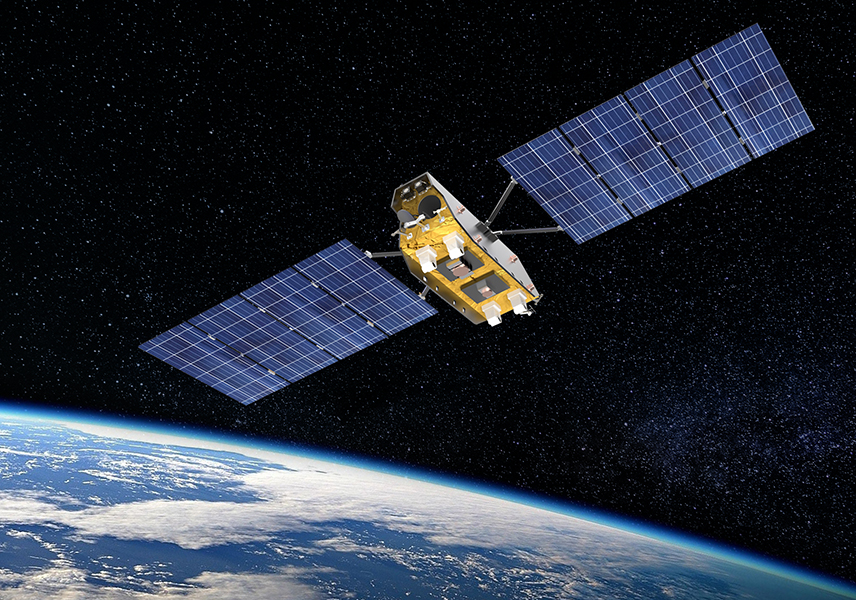Tianzhou 5 spacecraft burns up on Earth reentry
Tuesday, 12 September 2023 10:44 China's Tianzhou 5 cargo spacecraft was destroyed as scheduled on Tuesday morning as it reentered Earth's atmosphere, according to the China Manned Space Agency.
The agency said in a news release that, under ground controllers' guidance, the robotic craft flew back into Earth's atmosphere at 9:13 am. After that, most of the spaceship burned up, and a small amount of debris fell into secure
China's Tianzhou 5 cargo spacecraft was destroyed as scheduled on Tuesday morning as it reentered Earth's atmosphere, according to the China Manned Space Agency.
The agency said in a news release that, under ground controllers' guidance, the robotic craft flew back into Earth's atmosphere at 9:13 am. After that, most of the spaceship burned up, and a small amount of debris fell into secure Overseas firms on a journey to establish themselves as U.S. entities
Tuesday, 12 September 2023 08:16

Discover ESA Live: a gateway to ESA’s universe for schools
Tuesday, 12 September 2023 08:16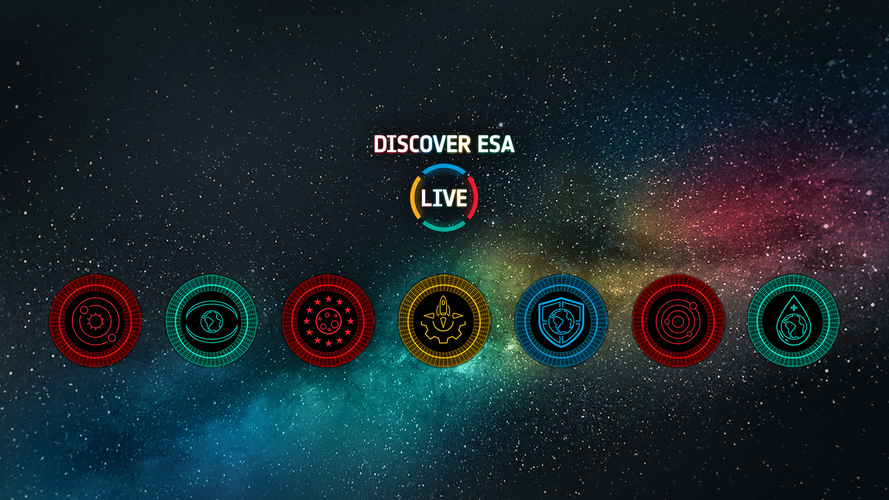
A new streaming platform is set to inspire the next generation of scientists, engineers, and astronauts, bringing the wonders of space closer to classrooms than ever before. Schools across Europe are invited to embark on this cosmic journey!
Comtech plans to establish networks “in a matter of hours”
Tuesday, 12 September 2023 07:00

Air Force satisfied with SpaceX services, not concerned about its growing dominance
Monday, 11 September 2023 22:52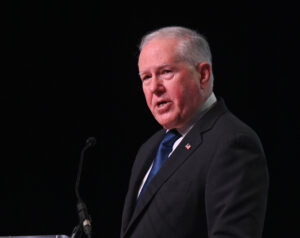

Legacy satellite operators take stock of Starlink-fueled transformation
Monday, 11 September 2023 22:48

Ball wins $489.6 million contract to deliver next-generation weather satellite sounder
Monday, 11 September 2023 19:47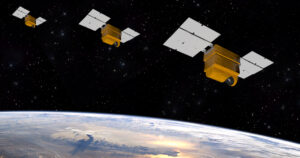
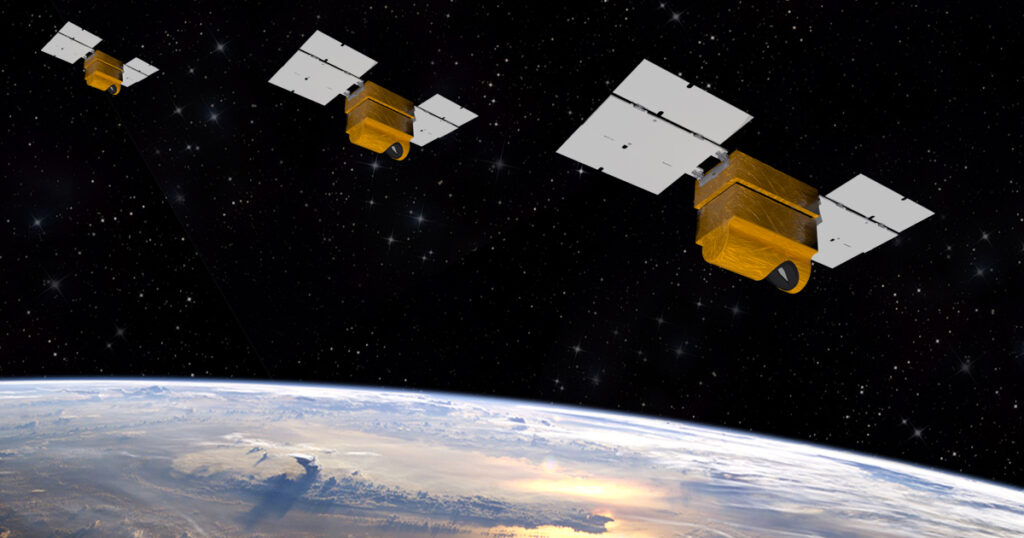
Thaicom picks Airbus to build Eutelsat-backed GEO satellite for Asia
Monday, 11 September 2023 19:03

A virtual tour of Marcus’s space home
Monday, 11 September 2023 18:37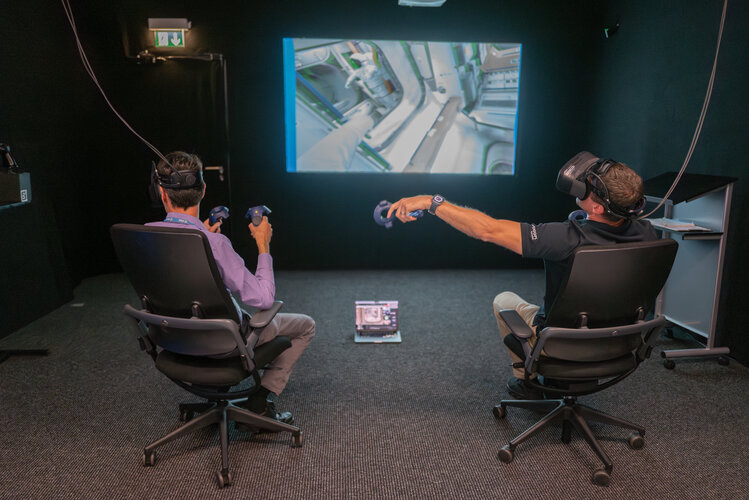 Image:
A virtual tour of Marcus’s space home
Image:
A virtual tour of Marcus’s space home Telesat signs multi-launch SpaceX deal covering all Lightspeed satellites
Monday, 11 September 2023 15:58

Techstars welcomes 12 startups to 2023 Space Accelerator
Monday, 11 September 2023 15:00

Here's how the Sept. 24 asteroid sample delivery will work
Monday, 11 September 2023 14:56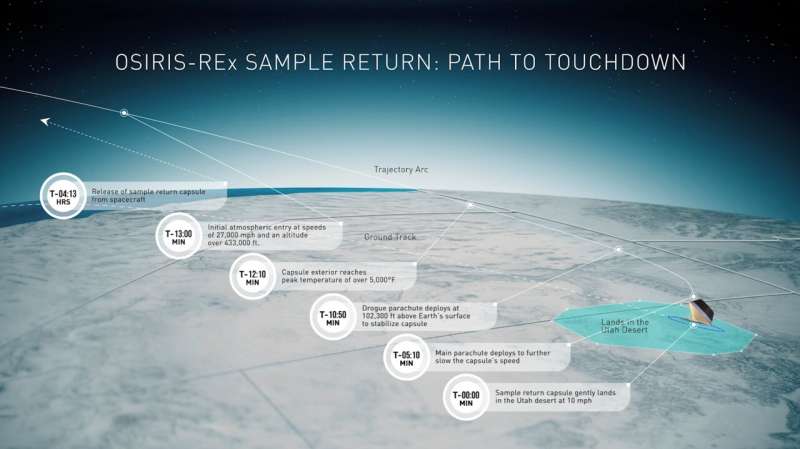
Early morning on Sunday, Sept. 24, the OSIRIS-REx spacecraft's sample capsule will come face-to-face with Earth's atmosphere for the first time since the mission's 2016 launch. On board are an estimated 8.8 ounces, or 250 grams, of rocky material collected from the surface of Bennu in 2020—NASA's first asteroid sample and the largest ever collected in space.
When it approaches Earth, the OSIRIS-REx spacecraft won't slow down as it makes its sample drop-off. Instead, when it reaches 63,000 miles (or 102,000 kilometers) above Earth's surface—about one-third the distance from Earth to the moon—a message from operators on the ground will trigger the capsule's release and the capsule will be sent spinning toward the atmosphere below.

